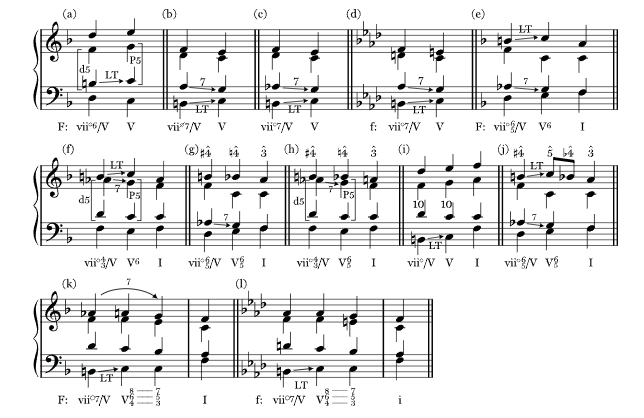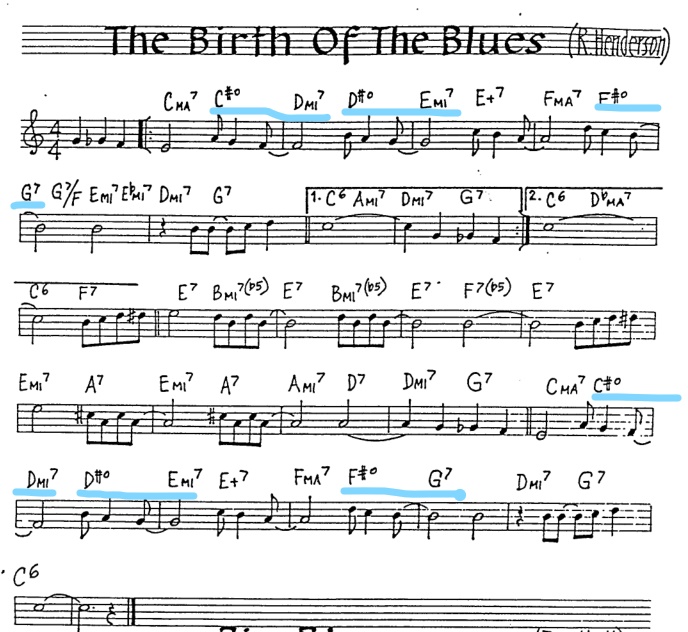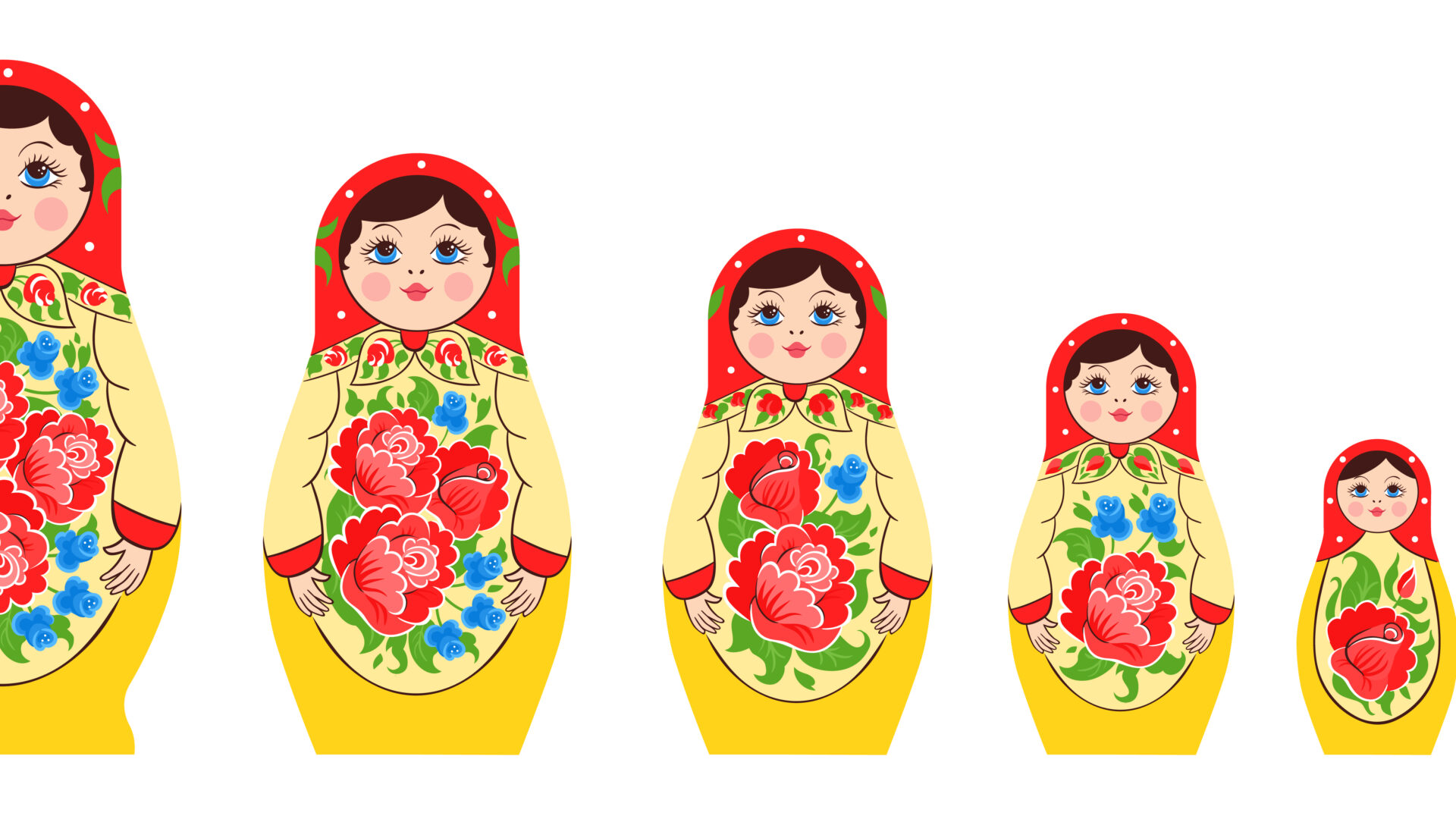“Who” is but the form following the function of “What”; and what I am is a man in a mask…I’m merely remarking upon the paradox of asking a masked man who he is.
V for Vendetta; Andy and Larry Wachowski
V played by Hugo Weaving
I imagine that somewhere out there someone is all too perplexed by the idea of secondary leading-tone chords – much like the female who meets V and has to decipher what meaning is to be found in his v-word filled monologue, but have no fear! in the words of my good friend Jimmy, “That straight!
This post builds on my last post on Dominant Substitution and Voice Leading Using Substitutes. If you really want to get into this post you may want to pause here and go back to those. If you’re good, I’m good. Let’s ride!
These videos from Theory Music School discuss primary leading-tone chords and secondary leading tone chords.The video also discusses the issues a musician may face when analyzing these chords and how to use them properly.
Secondary Substitutes
Music is often compared to math. In my opinion, substitutes are reminiscent of the commutative and associative laws of math.
Commutative law, in mathematics, either of two laws relating to number operations of addition and multiplication, stated symbolically: a + b = b + a and ab = ba. From these laws it follows that any finite sum or product is unaltered by reordering its terms or factors
https://www.britannica.com/science/commutative-law
Though substituting chords does not exactly fit this analogy, I think it is close enough and helps you to see the relation.
In Voice Leading Using Substitutes, we learned that leading-tone chords were often substituted for dominant chords because they are seen as a dominant chord without the root and are suitable for fulfilling the dominant function when a weaker dominant is the desired sound.
Now that we have become familiar with using dominants of dominants we can also substitute leading-tone chords as dominant substitutes of dominants as well under the same premise.
The most common secondary leading-tone chords are the viiº7/V and its inversions [6/5] and [4/3]. viiø6/V and viiø7/V are less common.
Using Secondary Leading-tone Chords
Writing secondary leading-tone chords is just the same as any other chord. They are usually fully diminished; half-diminished leading-tone chords only occur when we are tonicizing major triads.
Similar to the other substitutions, secondary leading-tone chords can be used to expand any major or minor harmony.
The rules for resolutions apply to these chords just like any other.

Secondary dominant and leading tone chords to V usually appear immediately after the predominant area, followed by the dominant or a cadential [6/4]. They may also appear between two dominants as voice-leading chords to expand the dominant area.
An easy way to recognize these chords when they lead to a dominant is the chromatically altered subdominant that resolves to the dominant.
Leading-tone Chord Substitution in Practice
LT chord substitution can be found in many popular songs from the past and the present.
The Birth of The Blues used many chromatic movements in the chord changes but not all featured a m7b5. The leading-tone substitution appears 3 times in the main phrase as the melody seems to move stepwise from F to C, illustrating that leading-tone chords can be used in many cases other than to expand or embellish a dominant harmony.

In this video, I perform a I – IV – viim7b5/V V – I progression in two major keys and one minor key. The progressions are tied together with Leading-tone chords to modulate to the new key.
MUSI233-Leading-tone-Substitute-Chords-Trumpet
